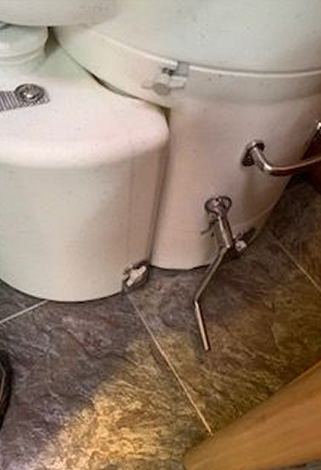ct1 the snag list eliminator
marine electricals team up with ct1 sealants and adhesives
“Quick, go get me something to stop this water getting in!” Not something you want to hear usually.
Definitely not something you want to hear if you’re on a boat, that’s for sure. But accidents and incidents occur all the time, and its best to be prepared for those times well in advance. Pop into any DIY shop and you will see countless options of sealants and adhesives to choose from. Some cheaper than others, and some very expensive indeed. So which one are you going to pick to solve your water ingress problem?
Well here at Marine Electricals, we’ve made that an easy decision by teaming up with CT1 sealants and adhesives. You may well have heard of CT1 and some of you have probably used it before, so you are aware of exactly how good this product actually is. If you’ve not heard of, seen or used their products before, we’d like to think this article might just convince you to give them a go, and if the product isn’t selling itself after you’ve finished reading, we’re pretty convinced the price we sell it for will be the convincer.
The question to ask yourself is this... Why would I want to buy several different products from my local DIY store for all the different jobs I have to do around the house, or on the boat or in the workshop? Well the easy answer to that is you don’t and you shouldn’t! Ct1 is a multi use sealant and adhesive and it’s available at rock bottom prices here at Marine Electricals check out the link here.
Now for those technically minded reading this article here is a link with the full product specification.
For the others like myself who just want the basic information here we go...
CT1 is the only product in the market with TRIBRID® Technology, making it 360% stronger than a traditional Hybrid Polymer.
With TRIBRID® Technology, it is scientifically proven to have excellent colour retention – white stays white and clear stays clear.
CT1 will successfully bond:
- All metals (including lead)
- Glass
- Mirrors
- All woods
- MDF
- Polystyrene
- Fiberglass
- Tiles
- Concrete
- Most stones (without staining)
- Most synthetic materials
- Plastics (excluding PP, PE and PTFE)
Unique adhesion on virtually any material in most applications without the need for additional fixings. CT1 is the ultimate solution for sealing and bonding.
Here are some reasons why CT1 is The Number 1 Sealant & Adhesive in the UK:
- Excellent colour retention
- Environmentally compliant
- Approved by NAAF – Norwegian Asthma and Allergy Association
- EC1 Plus Certified A+ Indoor Air Comfort GOLD®
- ISEGA Certified – Conforms to Food Preparation Standards
- Excellent resistance to chemicals
- Moderate resistance to fungal and bacteria growth
- UV resistant
- Excellent resistance to vibration
- Works in wet or dry conditions, even under water
- Perfect for marine and boating maintenance, accident, and emergency repairs
- Can be used in all salt-water environments
- Instant repair and bonding with fibre glass and carbon fibre materials
- Odourless
- Does not shrink
- Contains no solvents
- No isocyanates
- Unique flexibility
- Can be painted – please see product information
So there you go, if you cant find a reason from all of these applications you can use CT1 for, surely our rock bottom prices here at Marine Electricals makes it worthwhile trying? We don’t think you’ll ever go back to anything else once you’ve used it. And don’t forget check out our website for CT1 and any other Marine products you might need. If you can't see it on the website, give us a ring and we will endeavour to get you what you need.
Our aim here at Marine Electricals is to take that same personal service which our local customers enjoy so much on our trade counter, and expand the whole experience a little further afield. That is where our website comes into play. We hope that you will find the exact product(s) you are looking for on the site and the price is suitably competitive for you to complete your purchase. However if you do not see the exact product you are looking for, or maybe need a little advice, please do feel free to contact us by phone or email, where our expert team will me more than happy to help you out.
FOR MORE INFORMATION ABOUT THIS PRODUCT CALL 01752 484 290 or visit our website

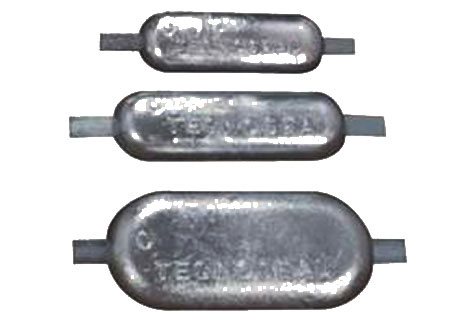
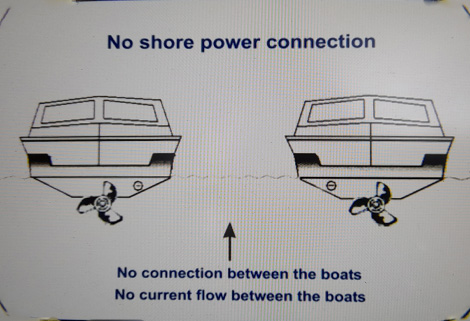


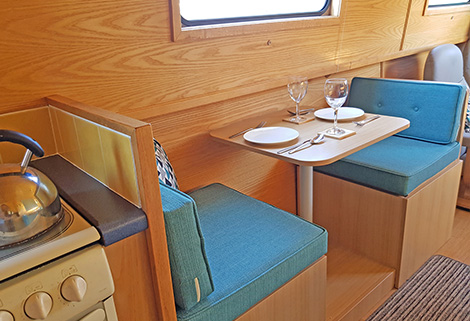


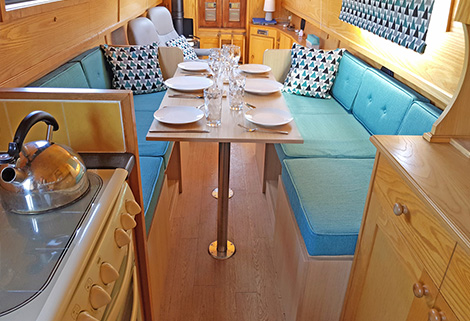
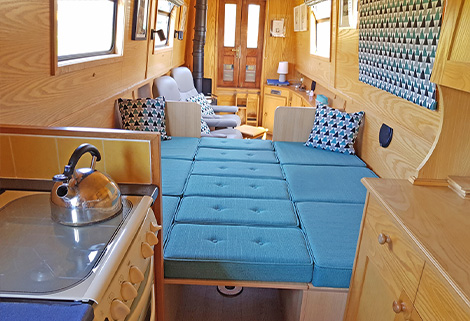

 If you are fitting out a new canal boat or maintaining an existing narrowboat you need to be able to find suppliers who specialise in narrowboat furniture.
If you are fitting out a new canal boat or maintaining an existing narrowboat you need to be able to find suppliers who specialise in narrowboat furniture.




 We are a small company harnessing the ecological benefits of hydrogen fuel cell technology to create domestic power without pollution and noise. As liveaboard boaters, we know the importance of reliable onboard power all year round. We integrate hydrogen fuel cells and their gas storage into a system that can easily be installed onto a narrowboat, wide-beam or inland waterway cruiser.
We are a small company harnessing the ecological benefits of hydrogen fuel cell technology to create domestic power without pollution and noise. As liveaboard boaters, we know the importance of reliable onboard power all year round. We integrate hydrogen fuel cells and their gas storage into a system that can easily be installed onto a narrowboat, wide-beam or inland waterway cruiser.

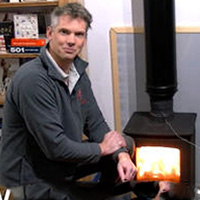





 We are continuous cruisers and I was initially concerned that my 18 year old son, Joe, would not adapt to the boating lifestyle. But he really loves it and started looking for some sort of business that he could run from the boat that would also be to do with living on the waterways. He came up with the idea of a range of books for boaters and as his A levels were in media and business, book design sort of fell into that.
We are continuous cruisers and I was initially concerned that my 18 year old son, Joe, would not adapt to the boating lifestyle. But he really loves it and started looking for some sort of business that he could run from the boat that would also be to do with living on the waterways. He came up with the idea of a range of books for boaters and as his A levels were in media and business, book design sort of fell into that.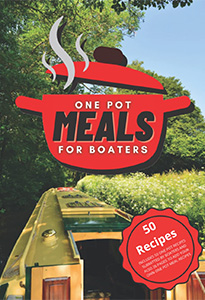
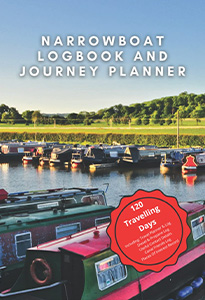

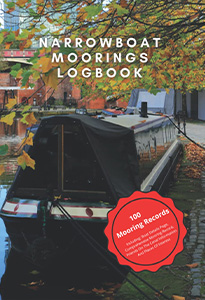
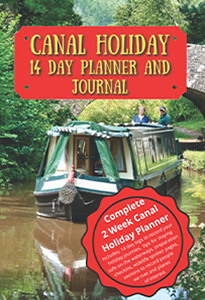
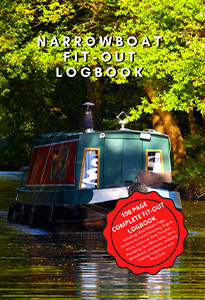
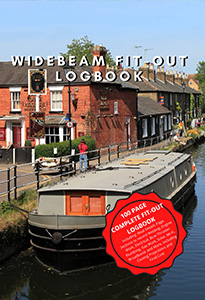

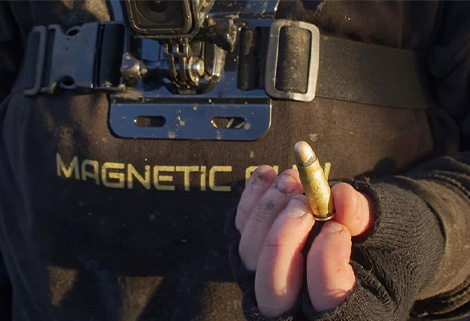
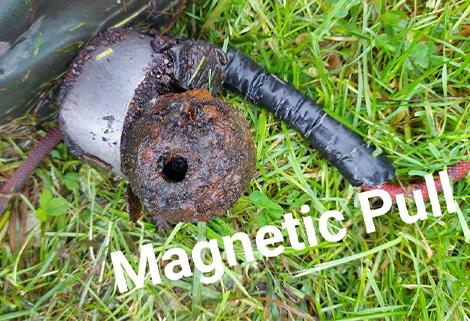
 Sophie Doyle is a Magnet Fisher from Bolton, Greater Manchester. She says "I'd like to publicise my hobby and the free service I provide. I'd encourage anyone to contact me at
Sophie Doyle is a Magnet Fisher from Bolton, Greater Manchester. She says "I'd like to publicise my hobby and the free service I provide. I'd encourage anyone to contact me at 

